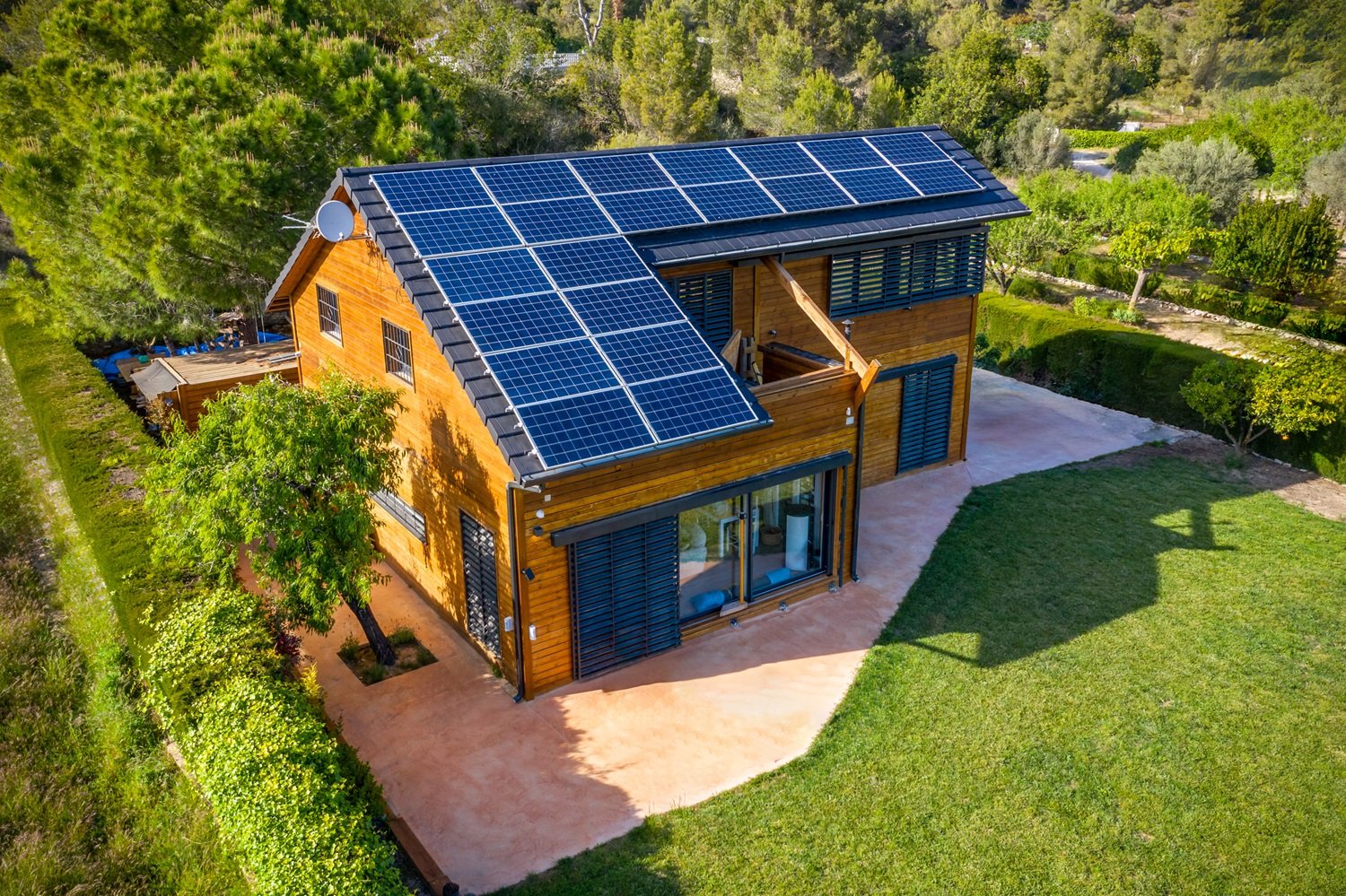
Get matched with top heat pump installers and replacers in your area
Enter your zip and get matched with up to 3 pros
Matching on HomeAdvisor


Heat pump installers and replacers in South-bend
No results for Heat Pump - Install or Replace in
Try adjusting your search criteria.Heat pump installations and replacements FAQs
Heat pumps rely on evaporation and condensation processes. The unit transfers heat through the system via a compressed refrigerant. The compressor within the pump circulates the refrigerant through two coils. The first coil evaporates the refrigerant and absorbs warmth from the air. The refrigerant then passes to the second coil, where it condenses, and the unit releases the absorbed heat.
A well-installed and well-maintained heat pump lasts an average of 12 to 20 years. Routine filter changes, annual tune‑ups, and prompt repairs help the equipment reach the upper end of that range, while skipped maintenance or poor installation can shorten its life and raise long‑term costs. Ask your heat pump installation pro for maintenance recommendations so you can get the maximum benefit from your unit.
Heat pumps are most effective in regions where winter lows remain above approximately 40°F. Efficiency starts to drop below that point and falls off sharply near 25°F. If you live in a colder area, look for a model with a high Heating Seasonal Performance Factor (HSPF) and plan on supplemental heat during deep freezes to keep energy use in check.
The biggest drawbacks are the upfront cost and poor cold-weather performance. Installation can require electrical upgrades or duct changes, and once temperatures fall well below freezing, the unit may need help from a furnace or electric resistance coils. Factor in those add‑ons, along with routine maintenance, when you weigh the long‑term savings against the initial investment.





- Birmingham
- Phoenix
- Tucson
- Fresno
- Long Beach
- Los Angeles
- Modesto
- Sacramento
- San Diego
- San Francisco
- San Jose
- Denver
- Hartford
- Washington DC
- Fort Lauderdale
- Jacksonville
- Miami
- Orlando
- Tampa
- Atlanta
- Chicago
- Indianapolis
- Louisville
- New Orleans
- Baltimore
- Boston
- Detroit
- Grand Rapids
- Minneapolis
- Saint Paul
- Kansas City
- Saint Louis
- Las Vegas
- Albany
- New York
- Asheville
- Charlotte
- Greensboro
- Raleigh
- Winston Salem
- Cincinnati
- Cleveland
- Columbus
- Oklahoma City
- Portland
- Harrisburg
- Philadelphia
- Pittsburgh
- Providence
- Memphis
- Nashville
- Austin
- Dallas
- El Paso
- Fort Worth
- Houston
- San Antonio
- Salt Lake City
- Norfolk
- Richmond
- Virginia Beach
- Seattle
- Madison
- Milwaukee



